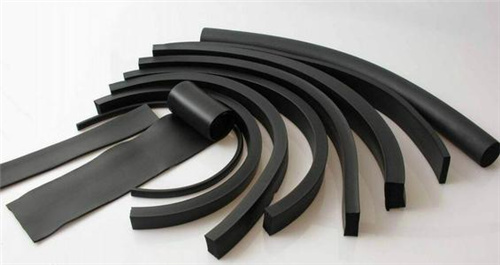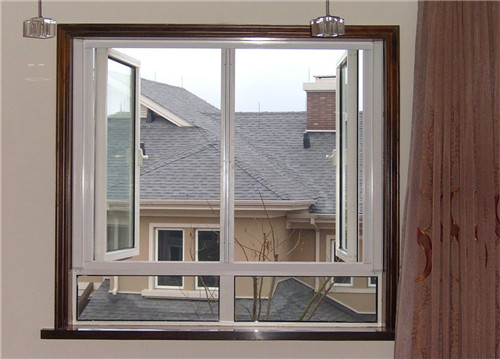I. Verify Compliance with Design Drawings and Specifications
During the acceptance of thermal break aluminum windows and doors, first confirm that the installed products match the design drawings or contract in terms of model, dimensions, opening style, and glass configuration. Key points include verifying the series (e.g., 70-series, 80-series), profile wall thickness (generally not less than 1.4mm), and glass type (e.g., double-glazed, Low-E coated) and thickness. Also inspect whether the color and surface finish (e.g., powder coating, fluorocarbon coating) meet requirements, ensuring visual consistency with the building’s exterior design and avoiding performance or aesthetic issues caused by incorrect installation or substituted materials.

II.Inspect Installation Stability and Alignment
The window and door frames must be securely installed with no shaking or looseness. Gently tap the frame with a wrench to check if mounting clips or expansion bolts are properly tightened. Use a spirit level and plumb bob to measure horizontal and vertical alignment. According to national standards, the horizontal deviation of the window frame should be ≤2mm, and vertical deviation per floor ≤3mm. Also, check that the gap between the frame and wall is uniform, typically 1.5–3cm. Gaps that are too large or small can compromise insulation and sealing, leading to deformation or leaks over time.

III.Test Sealing Performance and Waterproofing
The key advantages of thermal break aluminum windows are thermal insulation and airtightness. During inspection, ensure the sealing strips are continuous, intact, and not cracked or detached. When closed, the strips should compress evenly to form an effective air barrier. A simple test involves a piece of paper in the gap; if it resists pulling, the seal is good. Also, check that waterproof sealant is applied evenly around the outer frame—continuous, full, and crack-free—especially at vulnerable areas like the top and sill. If possible, perform a water spray test to simulate rain and check for leaks.

IV.Verify Operability and Safety Components
All sashes should open and close smoothly, without sticking, noise, or excessive looseness. Hinges on casement windows must be firmly installed, with opening angles meeting design specifications (typically 70°–90°), and equipped with automatic locking. Sliding windows should move easily with effective limiters to prevent derailment. Check that hardware (e.g., handles, locking points, rollers) is complete, secure, and undamaged. Outward-opening windows must have anti-fall devices or safety cables to prevent detachment at height. Finally, confirm that insect screens are properly installed, well-matched to the sash, and functional for mosquito and intrusion protection.




